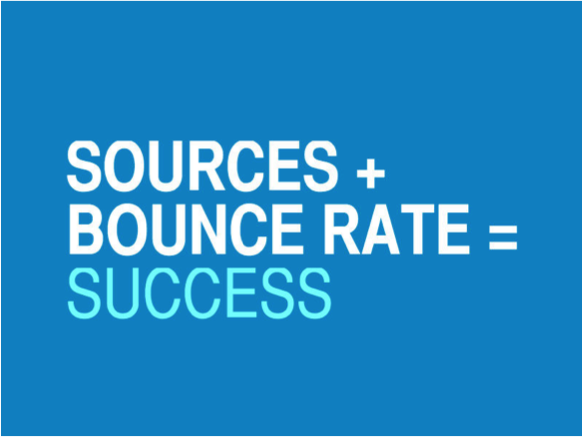Joshua Eggler
Category: Strategy
09.30.2014
Here at NJI, we love numbers. Between web, Facebook, Twitter, and email analytics, we tend to work with a lot of figures, stats and metrics. Don’t feel overwhelmed; beef up your analytics report with these helpful tips.
Truth 1—Look Beyond the Facebook Likes
When analyzing Facebook data, it is important to not focus solely on Likes. Look at metrics like shares, comments, and number of clicks on content. Sharing a post makes much more of impact than a like does because a share means that the person enjoyed your content so much that they wanted their friends to see it. A comment (positive or negative) shows that a user wants to engage with you directly. The number of clicks also lets you know exactly how many times a user wanted to learn more.
Truth 2— Organic Reach v. Paid Reach: A Twitter Story
Paying for promoted posts on Twitter boosts engagement and reach, but does that mean you are successful? Paying for posts ensures more users see your content among a sea of other tweets. However, you can’t ignore the organic tweets. Promoted posts tell the users what they should see, but successful organic tweets are the strongest indicator of what kind of content users want.
Truth 3— Sources + Bounce Rate = Success
When using Google Analytics, it is important to go beyond unique views and pageviews. Instead, dig a little deeper and look at user behavior. Paying attention to sources is a key part in optimizing your website because it lets you know where your users are coming from. When you know where your users are coming from it groups them into a category, which you specifically market to. The bounce rate tells the website owner how many people viewed one page and left before viewing any other pages. It is important to keep this number low, so if you have a high bounce rate on a page, it might be time for a redesign. Both of these together show you how effective your website is at engaging its users.
The Lie— Trust the Average
The averages on your analytics report are, well… average. They aren’t a spectacular indicator of success or engagement. When looking at analytics it is important to pay attention to the details. The average can sometimes be skewed due to outliers. A good example of how an average can be wrong is to imagine the average salary of the 99 DC interns and Bill Gates. The average salary would be astronomical compared to what the 99 interns actually make. Pay attention to the events that drive your website and make decisions based off them.



